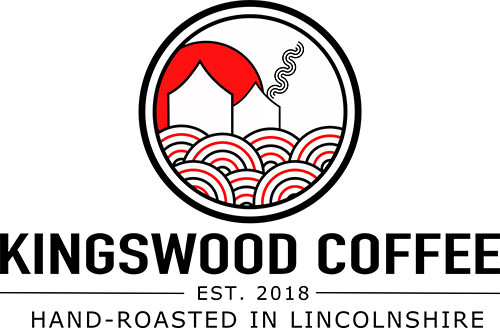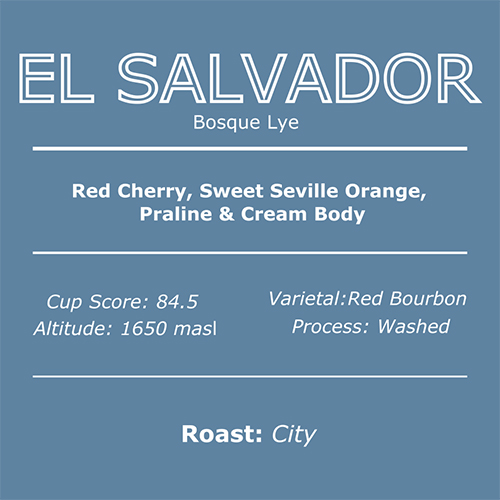El Salvador
RED CHERRY | SWEET SEVILLE ORANGE | PRALINE & CREAM BODY
Finca Bosque Lya achieved fame in specialty coffee circles when it took first place in the 2004 Cup of Excellence. This is a 96 hectare farm – 64 of which are dedicated to coffee, the balance being left as natural rainforest. However, in many parts of the farm it is difficult to recognise what is pure forest and what isn’t, since so many shade trees are used.
The farm was established in 1932 when Gustavo Vides Valdes named his property in honour of his newly born daughter, Lya. The farm name Bosque Lya translates to – Lya’s forest. An altitude range of 1,473 to 1,650 metres above sea level brings about coffees of great complexity that are sweet and lively.
Ripe red cherries are handpicked and taken to a collection point to be hand-sorted by pickers before being taken to the El Borbollon mill. Water is used to move the cherries up a pump and into a ‘Pacas’ depulper (of El Salvadorian origin) which works using a cylinder pushing against a metal wall to remove the skin of the cherry from the beans. The pulped cherry is composted with calcium and then re-distributed between farmers using the mill as fertiliser for the next harvest. The sticky beans are then moved in channels to fermentation tanks where they will rest for 13 to 15 hours and naturally present bacteria and microbes break down the sugars and alcohols in the mucilage of the bean.
The fermented beans are then moved to a washing machine where fresh water is used to remove any remaining mucilage and prepare the beans for the drying patios. All water is recycled and is used to move fresh cherries around the wet mill. The washed beans are then taken to the drying patios and kept separate by lot. They will dry there for around 8-10 days, though El Borbollon are experimenting with extending drying periods by laying the beans densely and covering them for parts of the day. It is believed that extending the drying time will result in more complex nuances in the cup.
The dried parchment is then left to rest for around a month and a half before being hulled to remove the parchment. Once hulled, the beans are hand sorted to remove any defects.

